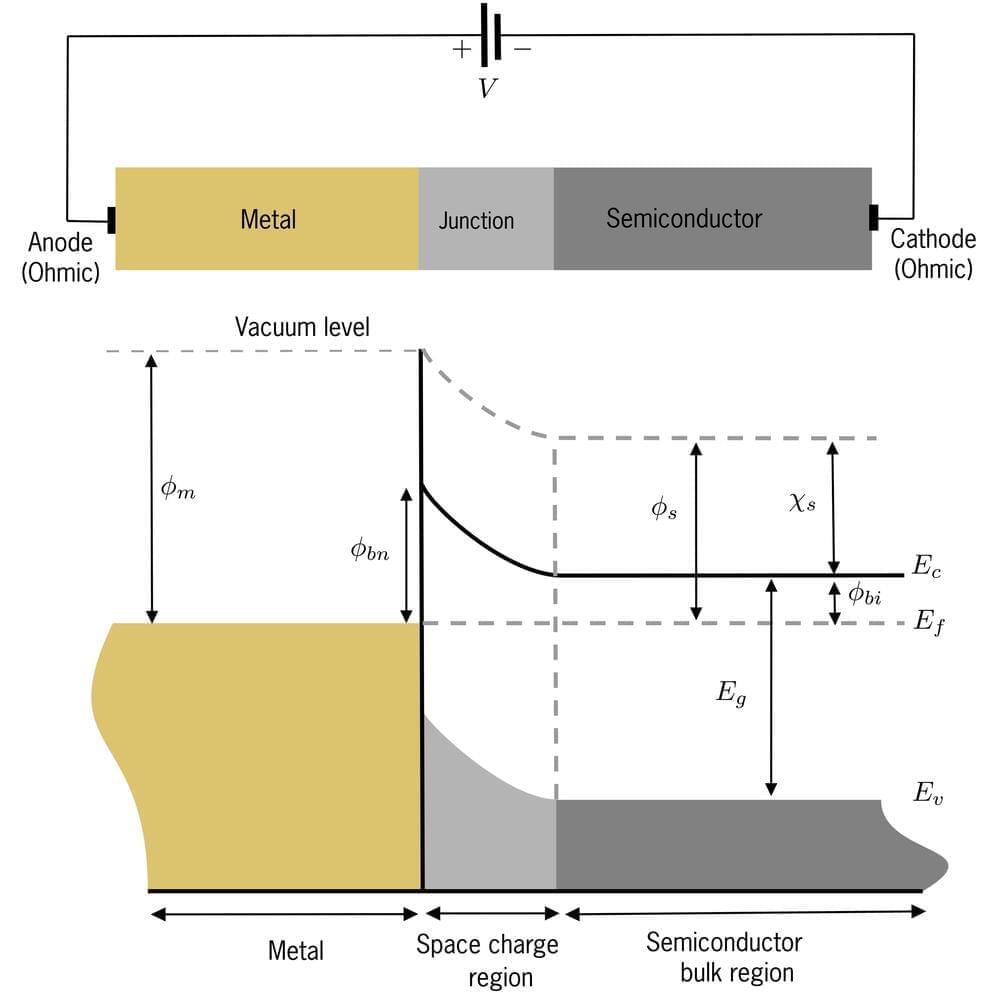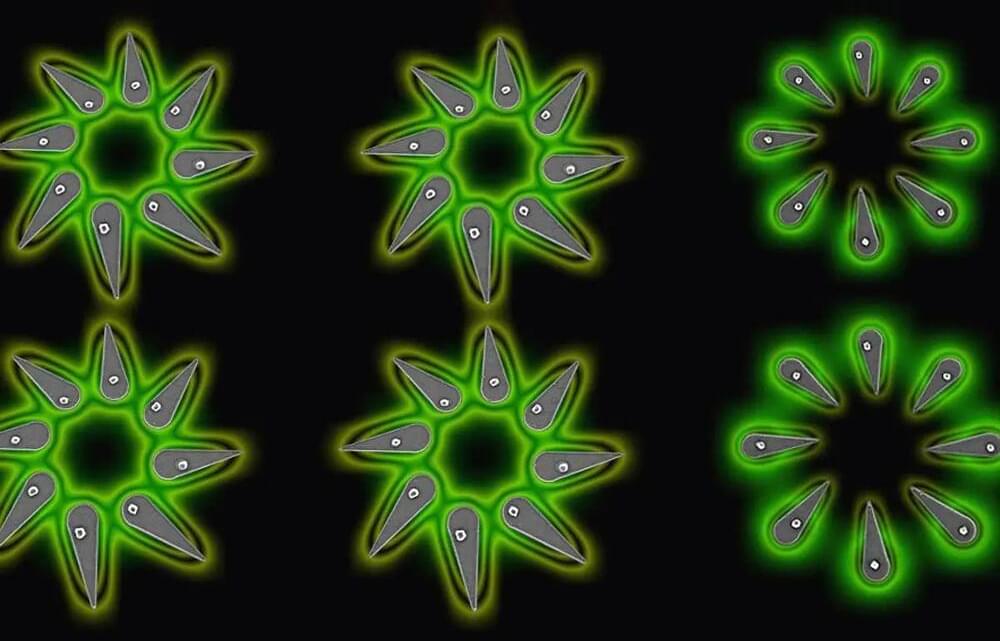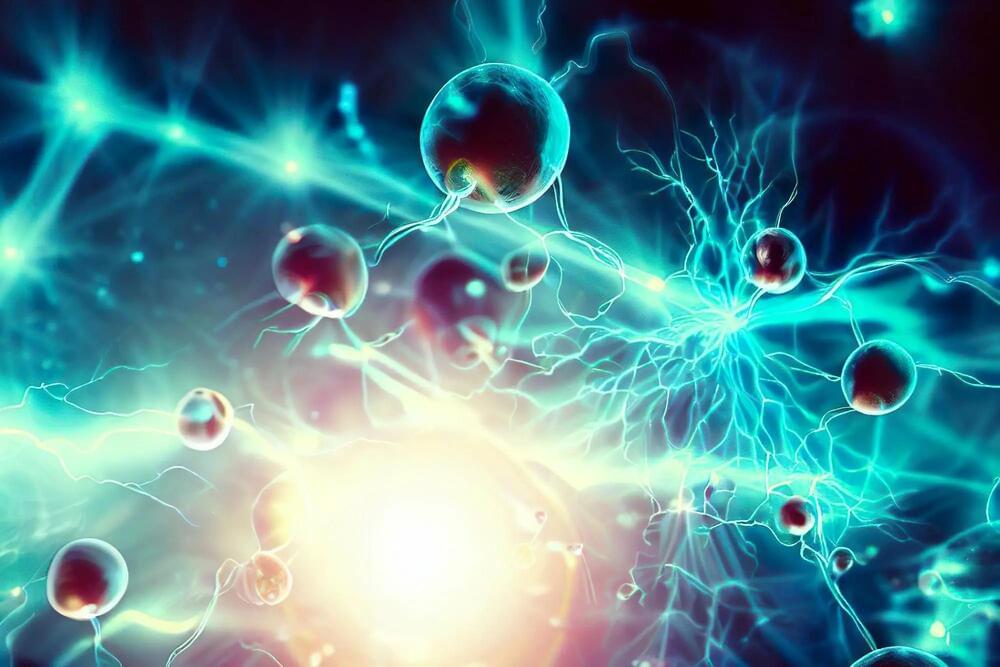One of the main ways cells “talk” to each other to coordinate essential biological activities such as muscle contraction, hormone release, neuronal firing, digestion and immune activation is through calcium signaling.
Rice University scientists have used light-activated molecular machines to trigger intercellular calcium wave signals, revealing a powerful new strategy for controlling cellular activity, according to a new study published in Nature Nanotechnology. This technology could lead to improved treatments for people with heart problems, digestive issues and more.
“Most of the drugs developed up to this point use chemical binding forces to drive a specific signaling cascade in the body,” said Jacob Beckham, a chemistry graduate student and lead author on the study. “This is the first demonstration that, instead of chemical force, you can use mechanical force —induced, in this case, by single-molecule nanomachines—to do the same thing, which opens up a whole new chapter in drug design.”





